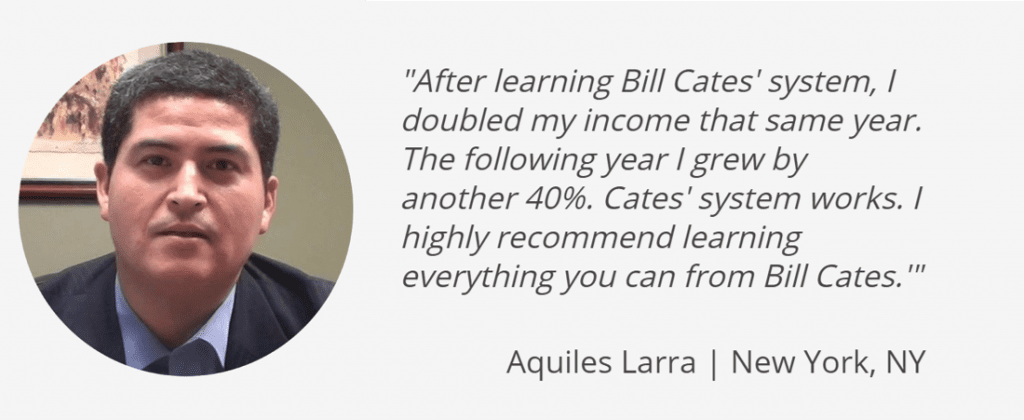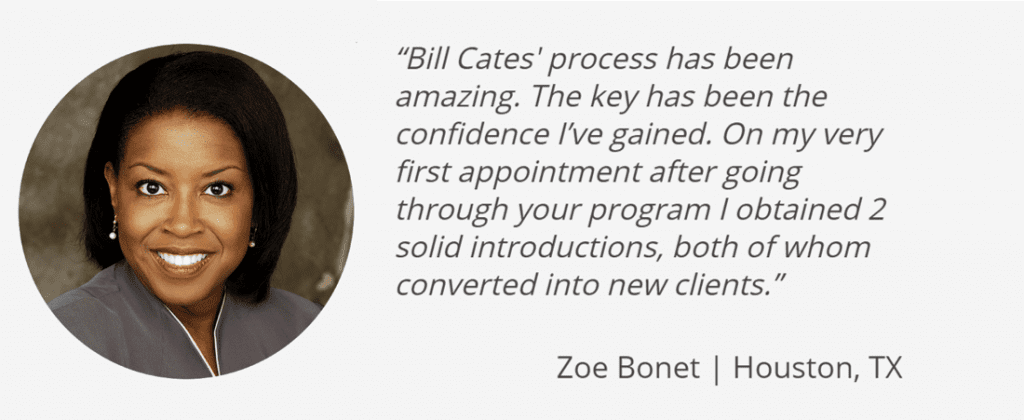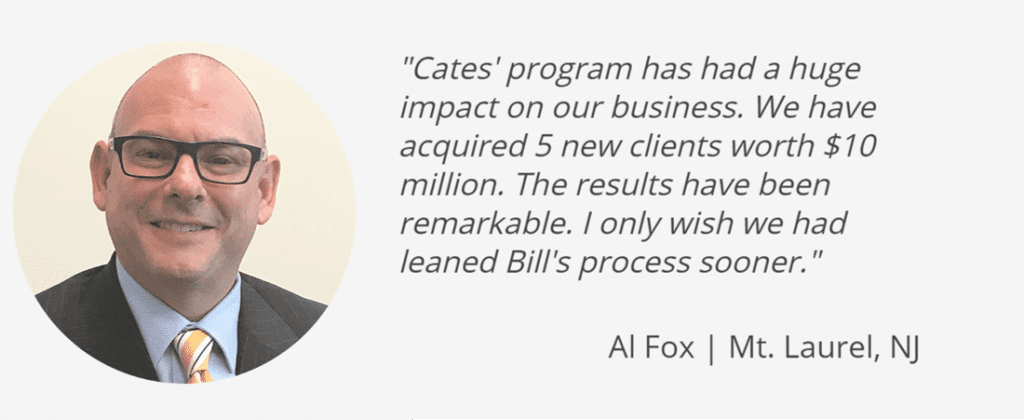The 7 Reasons for Prospect Reluctance

Let’s start with a physics lesson. Okay?
To paraphrase Newton’s First Law of Motion:
A body in motion tends to remain in motion. A body at rest tends to remain at rest.
Unless what? Unless acted upon by an outside force.
This law of motion is often referred to as The Law of Inertia. One of the biggest challenges you face in your efforts to acquire more ideal clients is inertia.
Some prospects are stuck doing nothing. They appear to have their head in the sand. Other prospects are taking action but don’t feel compelled to stop and take a look from time to time to make certain they are on the right road headed in the right direction.
7 Sources of Prospect Inertia
There are probably more, but I’ve identified seven reasons prospects resist taking your call or meeting with you. As you can see, these reasons are probably an intertwined ball of reluctance in the mind of many prospects.
- Fear / Guilt
Fear of what, you ask? Fear they haven’t been saving enough and it’s too late to do anything about it. Or maybe fear of taking any sort of risk with their money. Or maybe fear they did the wrong thing and can’t recover (this happened to a close friend of mine.) Another place where fear/guilt can rear its ugly head is if the prospect is already working with an advisor and doesn’t know how to fire them. Here’s a recent blog post where I addressed this issue: https://referralcoach.com/never-hear-i-already-have-an-advisor-again/ - Embarrassment
Some prospects feel embarrassed they haven’t made more progress. They are smart and even successful by many measures but judge themselves harshly for their lack of progress. - Ignorance
They may be totally ignorant and unaware of what it takes to create financial security. Or they may be falling for some of the generic financial advice found on TV, radio, podcasts, and social media. They are taking action that they believe to be right for them, though they could be headed for disaster or at least missing opportunities. - Confusion
A confused mind will rarely take action. From a neuroscience standpoint, the brain won’t typically explore opportunities until it feels safe. Confusion does not feel safe. - Lazy
I admit that what might appear as laziness to us may actually be one or more of these other reasons causing inaction. On the other hand, some people are genuinely lethargic and apathetic. (A shame.) - Arrogance
I’m sure you’ve met a few of these folks over the years. Yes? My former dentist was like this. He truly thought he was smarter than any advisor, planner, wealth manager, money manager, or insurance professional. (Luckily, he was a darned good dentist.) - No One to Trust (Yet)
Some people don’t move forward with professional advice because they haven’t yet met or are reluctant to trust anyone with something as important as their money. I put “yet” in the header because they haven’t met you (yet) through a referral or introduction. Referrals work because of borrowed trust. We borrow the trust they have with their introducer long enough to earn our own trust.
While the numbers vary from study to study, I have yet to come across a study that doesn’t show that being introduced to an advisor through a trusted source is the most effective way to acquire clients.
YOU Are the “Outside Force”
Please know that I use the word “force” metaphorically. There should be nothing forceful about how you help rescue someone from their inertia.
Here are two concepts for you to consider that I hope you find helpful:
- Financial Leadership
This is a mindset that turns into actions. I believe you can become well paid in this profession because you exercise the courage to question prospects and client assumptions.
My definition of Financial Leadership is: Guiding people to make important financial decisions that are in their best interest and that they wouldn’t make without you.
In addition to courage, taking a financial leadership role in someone’s life also takes knowledge. You must continue to stay on the leading edge of tools and concepts that can help your clients reach their goals. - The Cost of Staying the Course
Probably the simplest way to break the hold of inertia (though not always easy) is to help someone see the cost of staying the course – often that means the cost of delaying or doing nothing.
Yes, making a change or moving forward with a plan or specific product usually has a financial cost. This is particularly true with insurance products. If you can show your prospect the cost of staying the course or doing nothing is painful enough – to themselves, their family, and/or their business – most prospects will bust through their inertia and take action. Finally!
Action Step?
As a result of reading this, what are you going to do to help your prospects and clients understand and then break through their inertia? I’d love to hear your comments.
Virtual Referral Training is Here
Are you ready to grow your business … and change your life?
You can learn and implement our proven process while working from home or not seeing clients and prospects face to face.
Get the details and join us: www.CatesAcademyIndividuals.com








